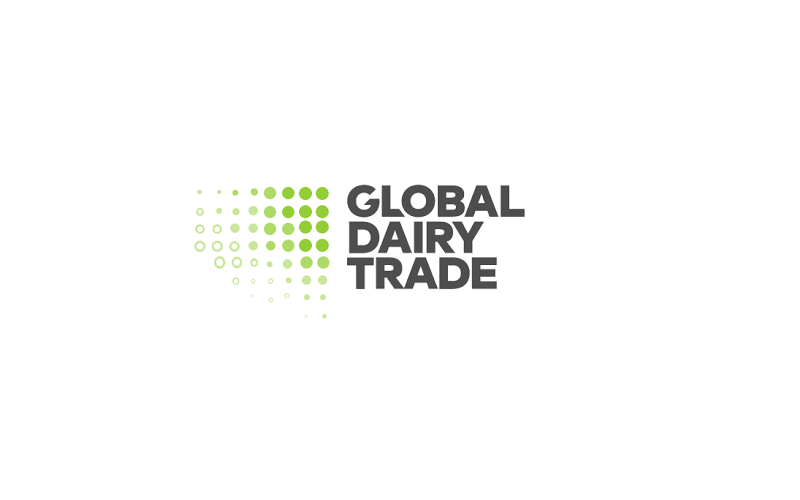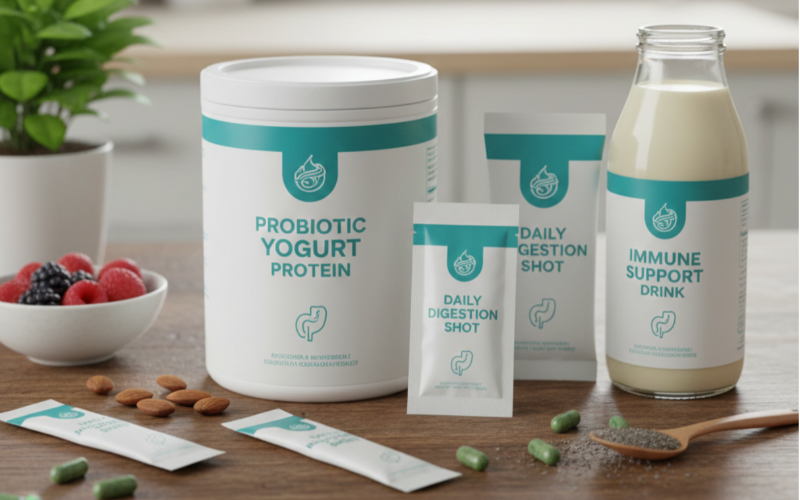U.S. Dairy Exports Rise in April, Led by Record Cheese Shipments and Whey Growth
Sourse: The DairyNews
In April, the United States Dairy Export Council (USDEC) reported a 3% year-over-year increase in U.S. dairy exports, measured in milk solids equivalent terms. This rise balanced out the year-to-date figures, with declines in January and March offset by gains in February and April. Notably, this improvement reduced the year-to-date export deficit to just 1.6%. The ongoing challenge is to sustain this positive trend beyond a single month, Dairynews.today writes.

April's export data highlighted several positive developments. U.S. cheese exports surged by 27%, reaching 46,270 metric tons, making it the second-highest volume on record for a single month. Exports to Mexico were particularly robust, hitting an all-time high of 17,249 metric tons—a 53% increase. Growth was widespread, with significant gains across various regions: Southeast Asia (102%), South Korea (69%), the Middle East/North Africa (40%), the Caribbean (24%), and Japan (11%).
High-protein whey products also saw a notable increase, with exports rising by 26%. China's imports nearly tripled, and Brazil's increased by 66%. Although low-protein whey exports saw smaller gains, they achieved the largest increase of the year at 8%. Notably, exports to Mexico led this category, showing a significant uptick of 79%.
Butterfat exports, encompassing butter and anhydrous milk fat, also showed improvement, marking their first year-over-year increase since November 2022. Exports of butter and anhydrous milk fat grew by 23% and more than doubled, respectively. Despite rising U.S. butter prices, they remained competitive globally, especially compared to prices in the EU and New Zealand.
Conversely, nonfat dry milk and skim milk powder exports declined by 2%, with significant reductions in shipments to China and Vietnam overshadowing strong performances in South America and the Caribbean.
As we look to May, U.S. dairy exports face both opportunities and challenges. On the positive side, the global economic recovery is slowly gaining momentum, and severe droughts in key Mexican milk-producing states could increase import demand. However, challenges include rising U.S. cheese prices, which have narrowed the price advantage over New Zealand and the EU, and geopolitical uncertainties that continue to affect global markets.
High-protein whey products also saw a notable increase, with exports rising by 26%. China's imports nearly tripled, and Brazil's increased by 66%. Although low-protein whey exports saw smaller gains, they achieved the largest increase of the year at 8%. Notably, exports to Mexico led this category, showing a significant uptick of 79%.
Butterfat exports, encompassing butter and anhydrous milk fat, also showed improvement, marking their first year-over-year increase since November 2022. Exports of butter and anhydrous milk fat grew by 23% and more than doubled, respectively. Despite rising U.S. butter prices, they remained competitive globally, especially compared to prices in the EU and New Zealand.
Conversely, nonfat dry milk and skim milk powder exports declined by 2%, with significant reductions in shipments to China and Vietnam overshadowing strong performances in South America and the Caribbean.
As we look to May, U.S. dairy exports face both opportunities and challenges. On the positive side, the global economic recovery is slowly gaining momentum, and severe droughts in key Mexican milk-producing states could increase import demand. However, challenges include rising U.S. cheese prices, which have narrowed the price advantage over New Zealand and the EU, and geopolitical uncertainties that continue to affect global markets.











